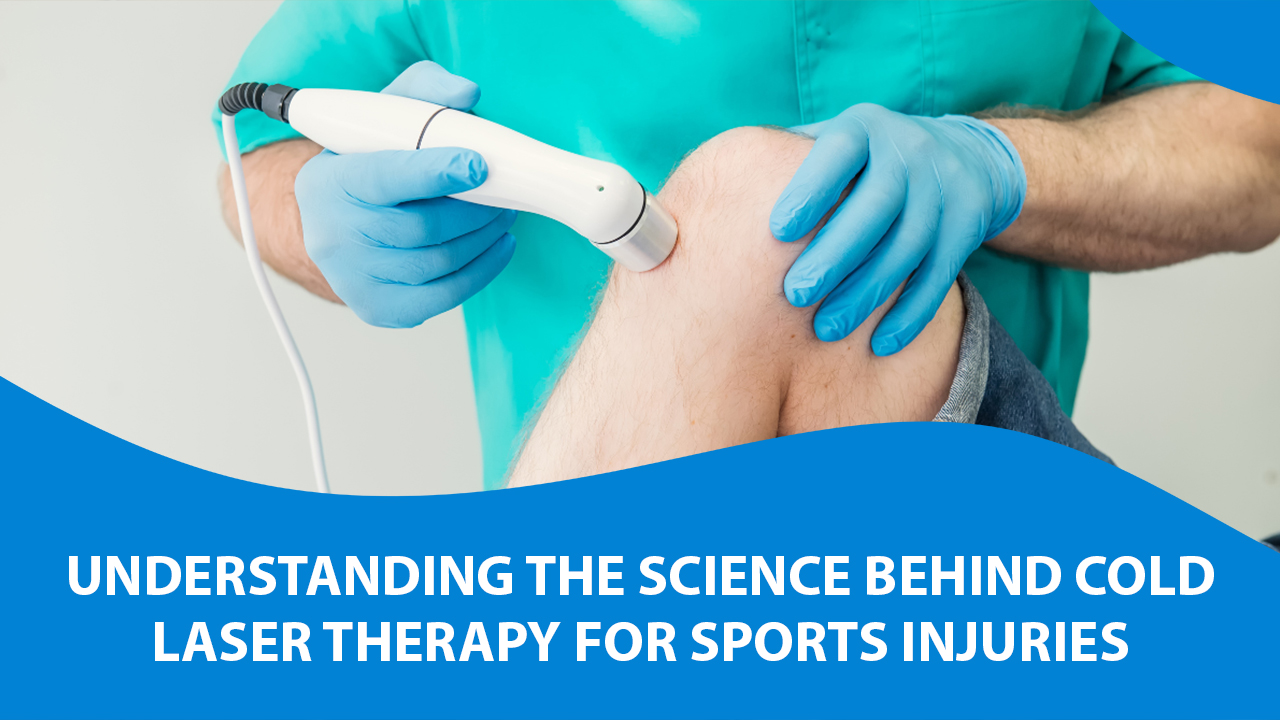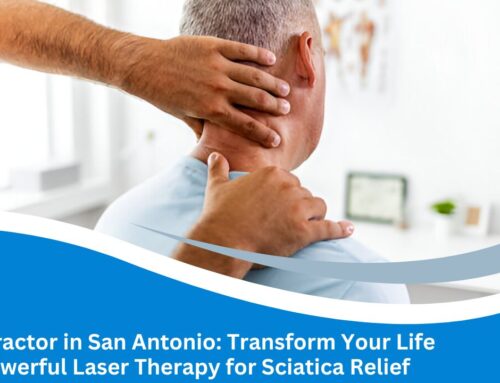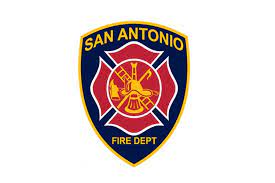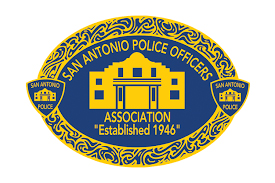Cold laser therapy, also known as low-level laser therapy (LLLT), is a non-invasive treatment modality that utilizes specific wavelengths of light to stimulate healing and reduce pain and inflammation. In the realm of sports medicine, understanding the application of cold laser therapy is crucial for optimizing athletes’ recovery and performance. Unlike traditional treatment methods, such as medication or surgery, cold laser therapy offers a tailored and elegant approach to addressing sports injuries, often administered by chiropractors and other healthcare professionals. By delving into the intricacies of cold laser therapy, we can uncover its nuanced mechanisms of action on a cellular level, empowering athletes to supercharge their healing processes and swiftly return to peak performance.
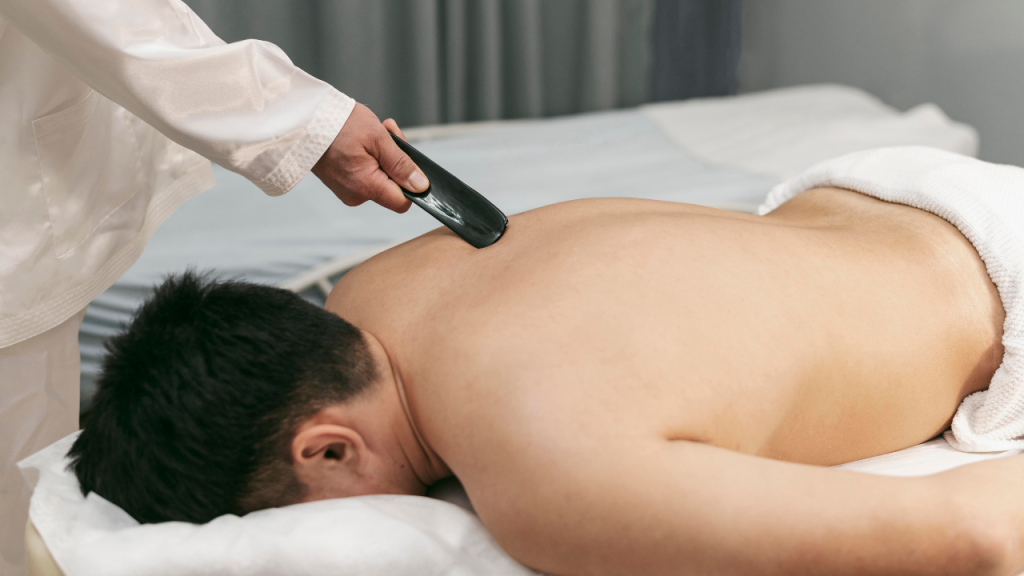
Basics Of Cold Laser Therapy
Explanation Of How Cold Laser Therapy Works:
cold laser therapy, also known as low-level laser therapy (LLLT), utilizes specific wavelengths of light to stimulate cellular function and promote healing. When applied to injured or damaged tissue, the photons of light penetrate the skin and interact with cellular components, initiating a cascade of biochemical reactions. This leads to increased ATP production, improved circulation, and reduced inflammation, ultimately facilitating tissue repair and pain relief. Cold laser therapy is commonly used in chiropractic care and sports medicine to treat various musculoskeletal injuries and conditions.
Different Types Of Cold Lasers Used In Therapy:
Cold lasers used in therapy can vary in terms of their wavelength, power output, and delivery mechanisms. Common types include diode lasers, which emit light in the red or near-infrared spectrum, and helium-neon lasers, which produce visible red light. Additionally, some cold lasers may incorporate multiple wavelengths or pulsing frequencies for targeted treatment of specific conditions. Each type of cold laser has its own unique advantages and may be selected based on the nature of the injury and desired treatment outcomes. Cold laser treatment is a non-invasive and painless procedure that can be performed by trained healthcare professionals.
Mechanisms Of Action On The Cellular Level:
Photochemical Effect:
The photochemical effect refers to the ability of laser light to interact with chromophores within cells, such as cytochrome c oxidase in mitochondria. This interaction stimulates cellular respiration and ATP production, leading to enhanced energy metabolism and cellular repair processes. By harnessing the photochemical effect, cold laser therapy promotes tissue healing and regeneration while reducing oxidative stress and inflammation.
Photothermal Effect:
In addition to its photochemical effects, cold laser therapy can also produce a photothermal effect when absorbed by tissue. This results in a localized increase in temperature, which can enhance blood flow, vasodilation, and tissue oxygenation. The photothermal effect helps to alleviate pain, reduce muscle spasms, and accelerate the resolution of edema in injured tissues. By leveraging both photochemical and photothermal mechanisms, cold laser therapy provides a comprehensive approach to healing sports injuries.
Photomechanical Effect:
Another mechanism of action of cold laser therapy is the photomechanical effect, which involves the absorption of laser energy by cellular structures and extracellular matrix components. This absorption leads to micro-scale mechanical changes, such as increased membrane permeability and cytoskeletal reorganization, which can modulate cellular signaling pathways and gene expression. The photomechanical effect contributes to the therapeutic effects of cold laser therapy by promoting tissue remodeling, collagen synthesis, and functional recovery.

Sports Injuries And Their Impact
Common sports injuries encompass a spectrum ranging from strains and sprains to more severe ligament tears and fractures, often affecting areas like the knees, ankles, shoulders, and wrists. These injuries can significantly impede athletes’ performance and hinder their recovery, leading to prolonged periods of absence from training and competition. Traditional treatment methods, including rest, ice, compression, and elevation (RICE), physical therapy, and, in some cases, surgical intervention, have limitations in terms of efficacy and recovery time. Integrating cold laser therapy into treatment regimens can offer a non-invasive and effective alternative, accelerating healing, reducing inflammation, and relieving pain, thereby enhancing athletes’ overall recovery and facilitating a swift return to their sport.
Application Of Cold Laser Therapy In Sports Injuries
Cold laser therapy, also known as low-level laser therapy (LLLT), has garnered increasing attention within the realm of sports medicine due to its potential efficacy in treating various sports injuries. Studies and research have consistently supported its use, demonstrating its ability to accelerate tissue repair, reduce inflammation, and alleviate pain. Specific sports injuries commonly treated with cold laser therapy include strains, sprains, tendonitis, and muscle tears.
One notable advantage of cold laser therapy over traditional methods such as medication or surgery is its non-invasive nature, which minimizes the risk of complications and accelerates the recovery process. However, it’s crucial to consider potential side effects and safety considerations, although adverse reactions are rare, including temporary skin irritation or sensitivity to light. Chiropractic professionals often integrate cold laser therapy into their treatment protocols for athletes, leveraging its benefits to enhance rehabilitation outcomes and empower individuals to swiftly return to their optimal performance levels within the rigorous demands of the sports landscape.
Understanding The Science Behind Cold Laser Therapy
Interaction With Cellular Components
- Cold laser therapy interacts with cellular components, particularly mitochondria, through a process called photobiomodulation. This stimulates ATP production, enhances cellular metabolism, and accelerates healing processes. Additionally, it promotes the activation of cellular repair mechanisms, aiding in tissue regeneration and recovery.
Modulation Of Inflammation And Pain
- Inflammation and pain are modulated by cold laser therapy through various mechanisms. It reduces the levels of pro-inflammatory cytokines, such as TNF-alpha and IL-1 beta, while promoting the release of anti-inflammatory mediators like IL-10. This dual action helps alleviate pain and swelling associated with sports injuries, facilitating faster recovery.
Promotion Of Tissue Healing And Regeneration
- Cold laser therapy promotes tissue healing and regeneration by enhancing collagen production and accelerating wound healing processes. The laser light stimulates fibroblast activity, leading to increased collagen synthesis, which is essential for the structural integrity of tissues. Additionally, it facilitates the proliferation of new blood vessels, improving oxygen and nutrient delivery to the injured area, further enhancing the healing process.
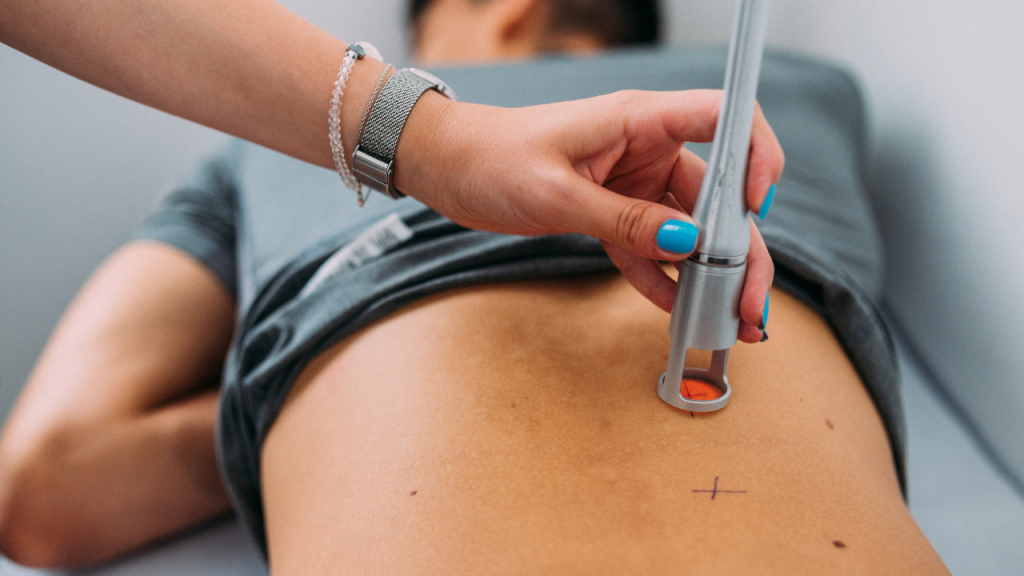
Clinical Considerations And Best Practices
Proper Dosage And Treatment Protocols
- When administering cold laser therapy, it’s crucial to adhere to specific dosage guidelines and treatment protocols. These protocols dictate factors such as the duration of treatment sessions, the frequency of sessions, and the intensity of laser output. Proper dosage ensures optimal therapeutic effects while minimizing the risk of adverse reactions.
Importance Of Individualized Treatment Plans
- Each patient’s condition is unique, necessitating tailored treatment plans. Individualized plans consider factors such as the type and severity of the sports injury, the patient’s overall health status, and any underlying medical conditions. By tailoring treatment plans to the individual, healthcare professionals can optimize outcomes and enhance patient satisfaction.
Integration With Other Rehabilitation Methods
- Cold laser therapy is often integrated into comprehensive rehabilitation programs for sports injuries. This integration may involve combining cold laser therapy with modalities such as physical therapy, chiropractic care, and exercise regimens. By integrating multiple approaches, healthcare professionals can address various aspects of injury recovery, promoting synergistic effects and faster rehabilitation.
Role Of Healthcare Professionals In Administering Cold Laser Therapy
- Healthcare professionals, including chiropractors, play a pivotal role in administering cold laser therapy to patients with sports injuries. Their expertise ensures the safe and effective application of cold laser treatment, including proper positioning of the laser device, accurate targeting of affected areas, and monitoring of patient responses. Additionally, healthcare professionals provide valuable guidance on post-treatment care and follow-up protocols, further enhancing therapeutic outcomes.
Future Directions And Challenges
In the realm of sports medicine, ongoing research and development in cold laser therapy presents a beacon of hope for athletes and practitioners alike. Cold laser therapy,often administered by chiropractors, has shown promise in enhancing recovery from sports injuries. As the digital landscape continues to evolve, so too does the potential for leveraging cold laser therapy in tailored treatment plans. However, there remain nuances to be meticulously addressed, including limitations and controversies surrounding its use. Despite these challenges, potential advancements in technology and treatment protocols hold the key to empowering athletes with swift and robust rehabilitation options.
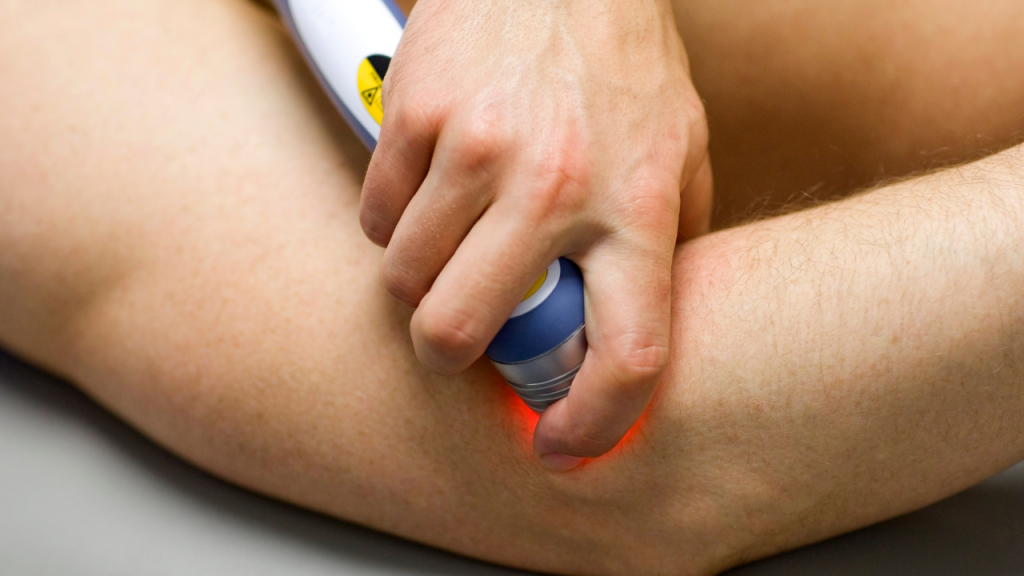
Conclusion
Understanding the significance of cold laser therapy in sports injuries is paramount, given its potential to expedite recovery and enhance performance for athletes. With implications spanning athletes, coaches, and healthcare professionals, integrating cold laser treatment into rehabilitation protocols can yield swift and robust results. As chiropractic care increasingly incorporates cold laser therapy, there’s a pressing need for further research and education to elucidate its nuances and intricacies in optimizing treatment outcomes and ensuring tailored, elegant solutions for sports-related injuries in the digital landscape of modern sports medicine.
Experience the difference at the South Texas Spine and Joint Institute. Schedule your consultation today and discover the benefits of our cutting-edge cold laser therapy chiropractic treatments for optimal healing and recovery.


